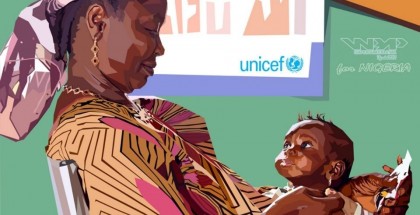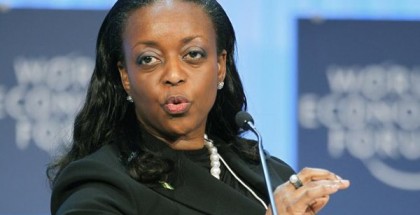Reflections – African Economic Outlook – West Africa Edition
The African Economic Outlook 2014 announces steadily progressing economic and social conditions in West Africa, which remains the fastest growing region on the continent. The region’s macroeconomic prospects are favourable. After some moderation in 2013 growth is likely to accelerate to above 7% in 2014 and 2015. This compares to 4.8% and 5.7% in 2014 and 2015 respectively for the continent as a whole and underscores again West Africa’s resilience to global and regional headwinds.
Growth in the region is widespread with most countries achieving growth of 6% or more. Côte d’Ivoire is expected to remain on a high growth path. With improved political stability, public and private investment have become important drivers of growth. Growth is supported by favourable developments in agriculture, manufacturing and services. Ghana’s growth will remain robust, boosted by oil and gas production and increased private and public investment. In Mali, the economy rebounded in 2013 after the backlash in 2012 caused by the political and security crisis, and growth is expected to improve further in 2014 and 2015. In Nigeria growth remains robust at over 7%; the recent GDP rebasing reveals that growth is driven by the fast growing non-oil sectors of agriculture, trade, information and communications technology, the entertainment industry, finance, and other services. Conversely, the oil sector, which now accounts for 14% of Nigeria’s GDP and about 70% of government revenues, is hampered by supply disruptions arising mainly from oil theft and pipeline vandalism. Sierra Leone is currently the fastest growing country in the region with growth mainly driven by iron and ore exports although other sectors, in particular agriculture and construction, also contribute.
Other macroeconomic indicators for the region continued to show broad improvements although challenges varied from country to country (see table overleaf). Average inflation fell to 7.5% in 2013 from 9.9% in 2012, and is projected to continue to fall to 7.0% and 6.9% in 2014 and 2015 respectively. On the fiscal front, the picture for West Africa remains mixed with fiscal policy stances differing between countries. Many countries continue to pursue prudent fiscal policies in order to reduce budget deficits, but challenges to consolidate public finances remain in many others. The average overall fiscal deficit was reduced from an estimated -2.2% of GDP in 2013 to a projected -1.8% of GDP in 2014. The budget balance is expected to improve in 2014 in Benin, Gambia, Guinea, Guinea-Bissau, Mali and Nigeria and to deteriorate in Burkina Faso, Ghana, Liberia, Niger, Sierra Leone and Togo. It is anticipated to remain stable in Cabo Verde, Côte d’Ivoire and Senegal. The average external current account balance for the region is projected to continue to be positive in 2014 at 2.3% of GDP.
As West africa battles a health crises affecting some countries heavily, the global outlook may in some part be obsolete
Culled from African Economic Outlook in conjunction with the African development bank and ors.
















